Gouda – The Green Heart Of The Netherlands
The Green Heart of the Netherlands has remained green because it’s so boggy that they can’t build on it. It’s the area between Amsterdam, Rotterdam, the Hague and Utrecht. And it truly is green. It still may be polders, canals and flat green fields from my train window, but it is definitely more lush and prettier than anywhere else in the Netherlands.

- Start of Day: Utrecht Train Station, Netherlands
- Cost of Day Out: Moderate (££)
- History Content: Moderate
I start my early morning walk in Gouda (pronounced “how-da”) exploring the canals and bridges. The first bridge on [1] Turfmarkt, is [2] Vrouwerbrug, named after the nearby [3] Vrouwesteeg (Our Lady of the Chapel) church. It’s now a road bridge. But until 1961 it used to be a single drawbridge. This allowed large barges to sail up to where I’m stood today as seen in these old black and white photos. Alas ! They no longer do.
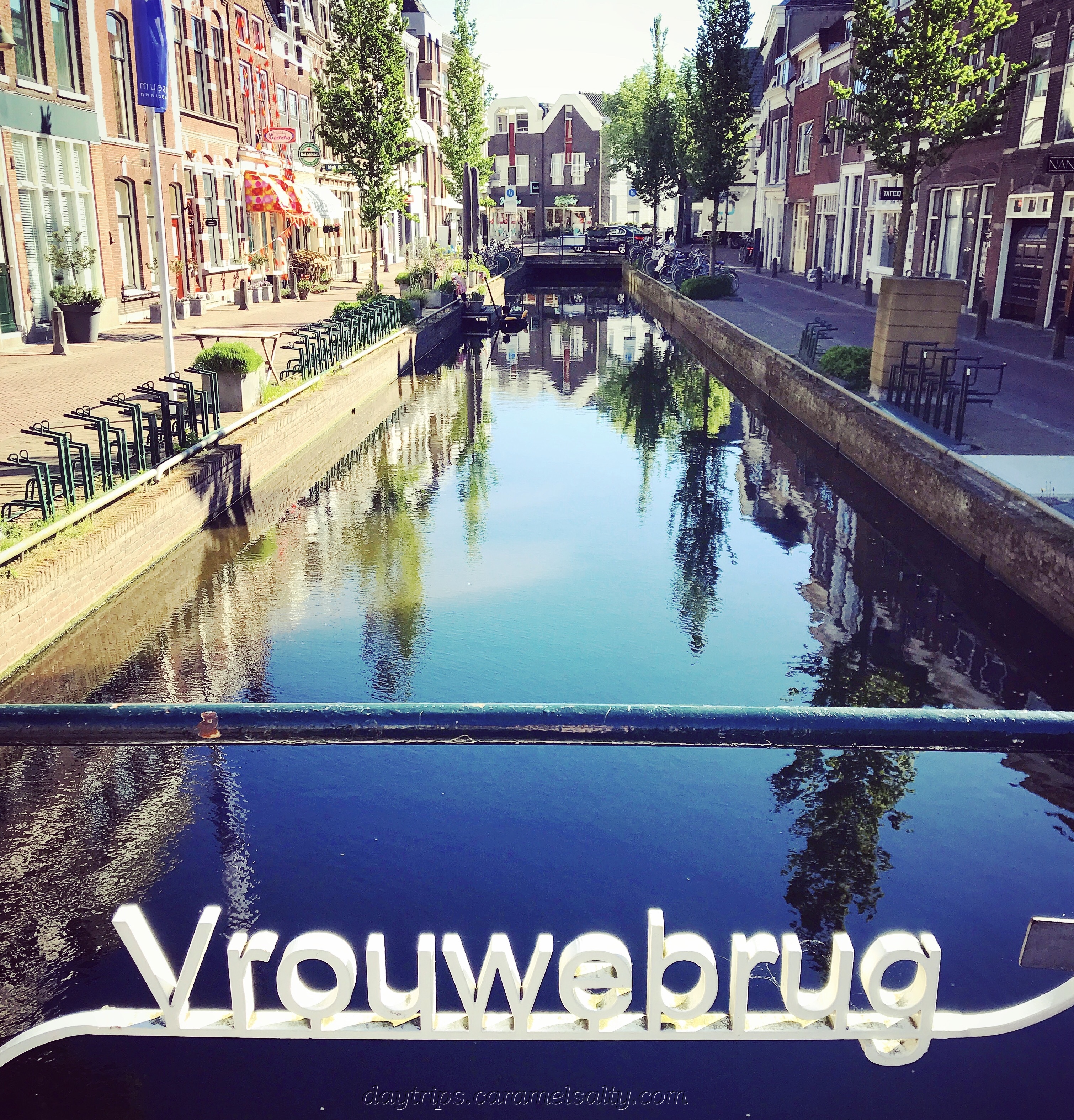
The next bridge along, [4] Trappenbrug, located along Lange Dwarsstraat, is the quaintest of them all. It’s also the last remaining steps staircase bridge in Gouda. Turfmarkt was where peat was traded until 1550, after which, the high volumes meant the market had to be moved to elsewhere. Fully loaded sheep with hay and peat used to cross over these bridges to the peat market on Turfmarkt.

Peat surrounded Gouda. The city of Gouda started its life in marshland. Little streams criss crossed it. A river called the Gouwe flows though it. Peat forests stood around, and the people began to harvest it. This is the early 12th century. By 1377, the last of the forest has been cut down. But yet, there is still a remarkable greenness about Gouda and its surroundings.
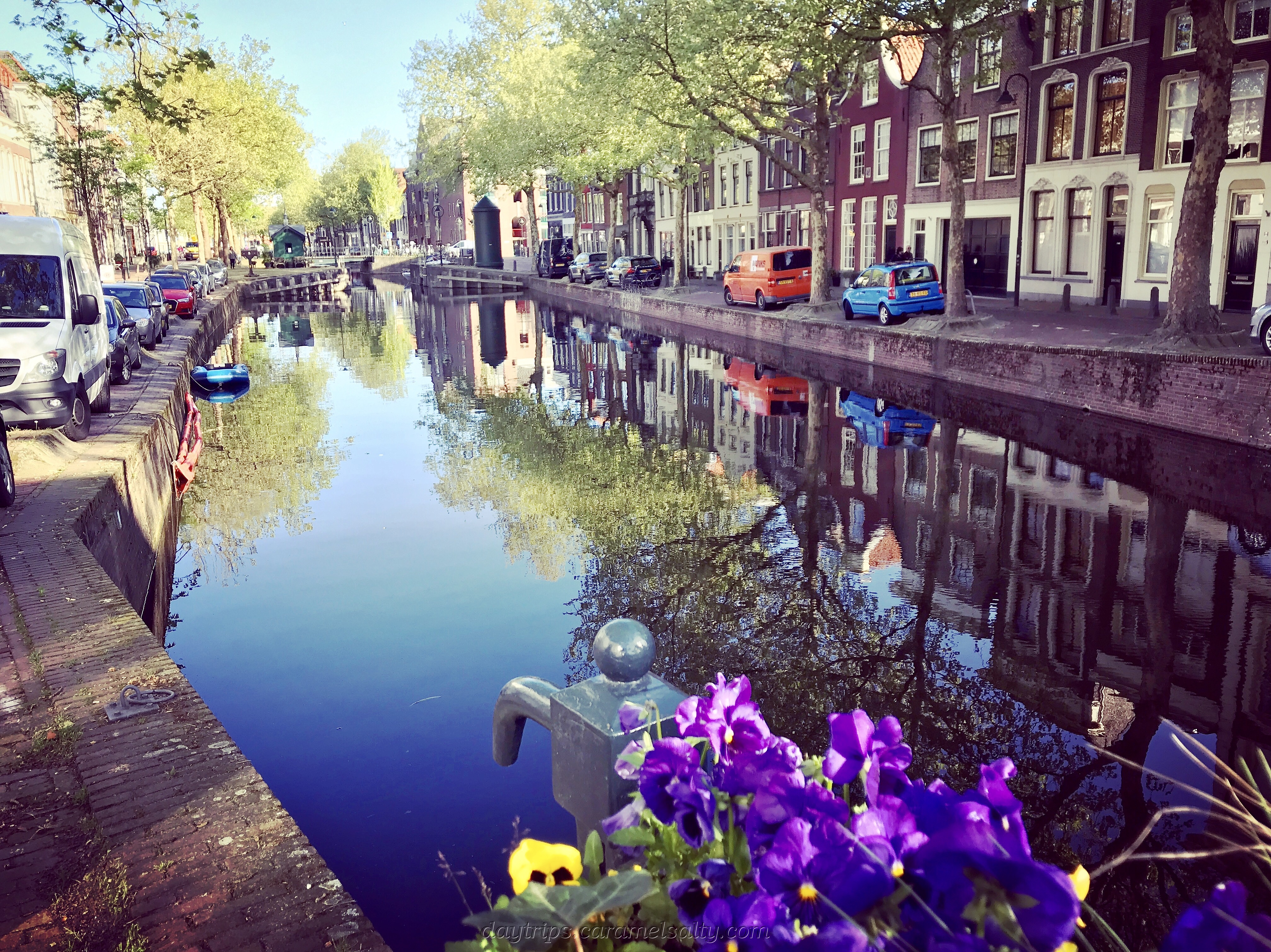
The traffic bridge at the end of Turfmarkt is the [5] Turfbrug. To get here, I’ve just walked through the heart of what used to be the Jewish area of Gouda. Gouda has always been a religious destination since the 16th century, and no more than at [6] 19-25 Turfmarkt. This building converts from a Baptist church, to an Israelite church, and then a synagogue. With the synagogue, many Jews move into the area.
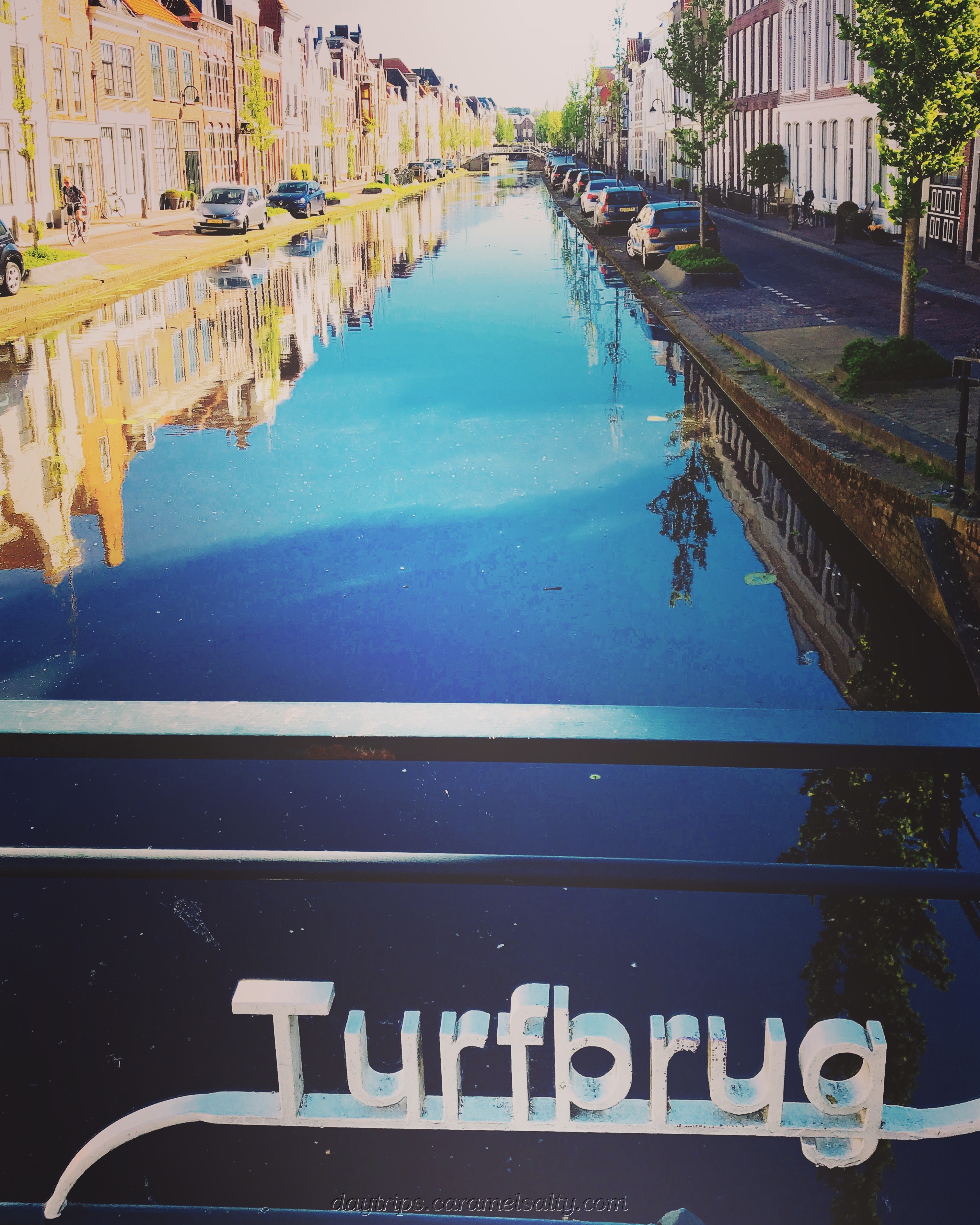
[7] Looierspoort is one street where the Jewish population used to live in dark, damp houses literally crammed in on top of each other. It is worth a wander down. The kosher baker and butcher were in Lange Groenendaal. Circa 400 registered Jews were living in Gouda before the war broke out. Their numbers expand to around 500 as Dutch Jews flee to Gouda.

After the war only 35 Jews return. Their wooden synagogue is completely destroyed as its been used for firewood. As I wander around the cobbled streets of Gouda, I look down at my feet, looking out for the numerous little embedded square memorial plates outside the homes of Jews, in remembrance of those who did not return. The [8] Verzetsmuseum about WWII resistance is, appropriately, located in the vicinity.

I’m now at the [9] Hoge Gouwe. This is where it all started when the lords of der Goude built a fortified castle, sometime in 11th century, along the banks of the River Gouwe. It’s uncanny how similar their family name is to the river. However the village is said to have taken its name from the Goude family, and not the river.
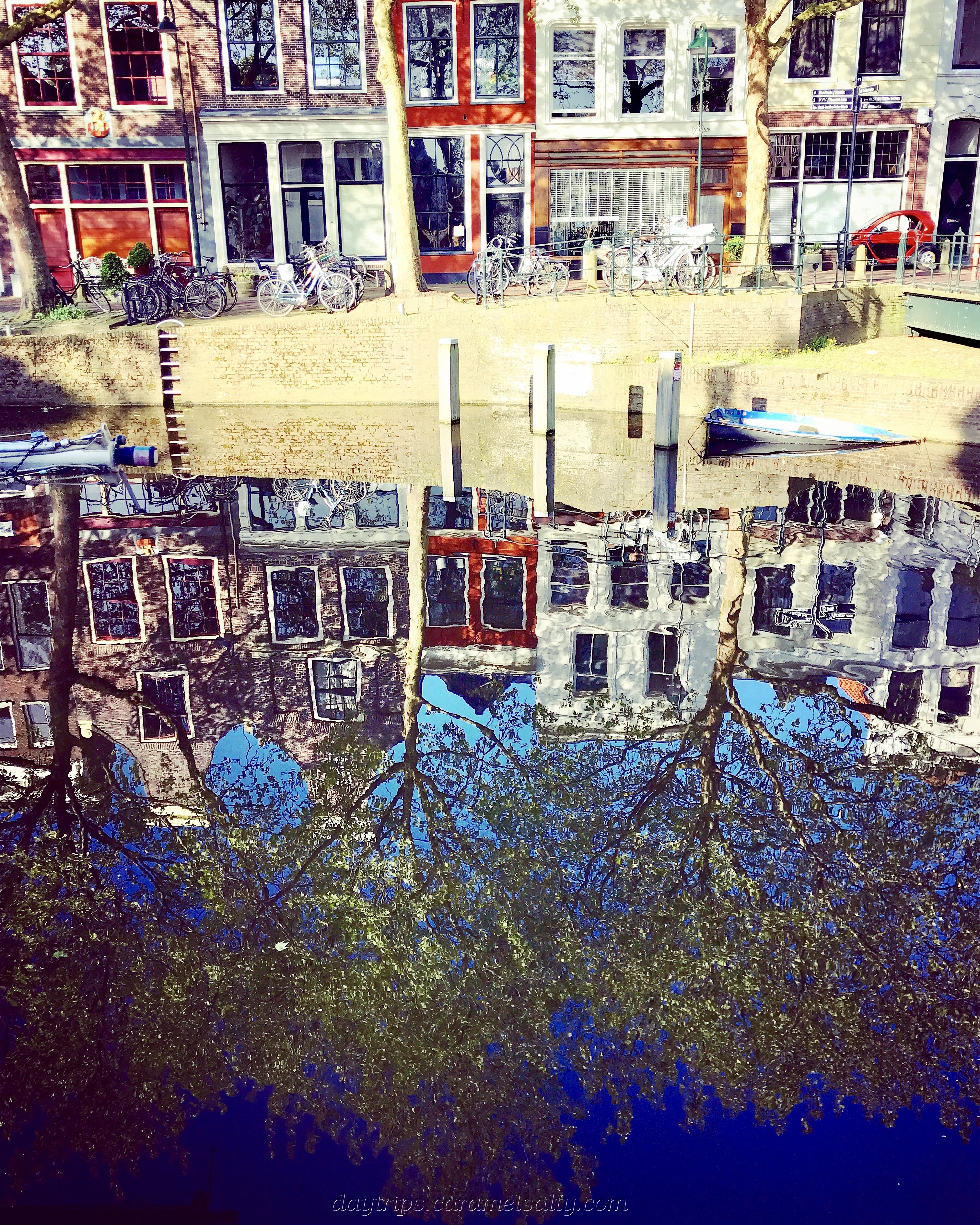
Gouda, used to be a town of barge skippers and fishermen. The fishermen traded their catch along the Gouwe. But you had to trade depending on the Gouwes. The Lage Gouwe was for the locals, whilst the Hoge Gouwe was reserved for the “foreigners”. In fact further along the Gouwe towards the city square I come across the vijsmarkt (fish market). This roofed structure, completely open on all sides, is now an alfresco dining area.

I’m glad I caught the early train to Gouda. These canals and their pretty bridges, lined with Dutch houses, are absolutely picturesque in the early sunlight. Some of the scenes remind me of a Monet, although there is absolutely no association between the two.
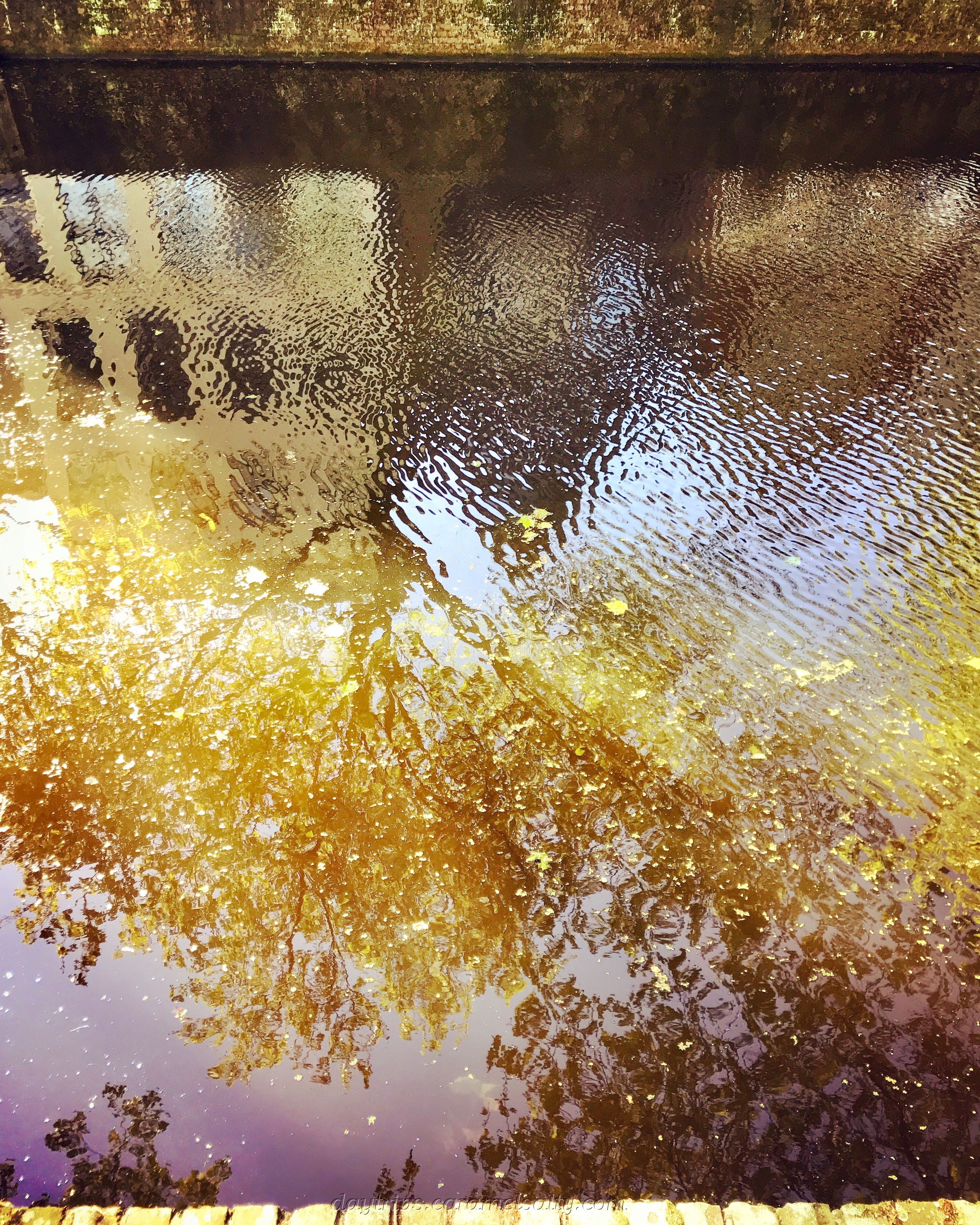
As it’s still early doors, I wander down to the [10] Museum Harbour with its displays of historic clippers, barges and tjalkens (Dutch sailing vessels), a tribute to Gouda’s harbour past. A harbour was built here in the 13th century, when the Gouwe was extended by a canal to the Ijssel, a tributary of the Rhine. And with the awarding of City rights in 1272 by Floris V, Gouda flourishes.

I head along the Gouwe into the heart of Gouda. I pass the neo gothic [11] Gouwekerk, the tallest building in Gouda. Ahead of me is the is the spire of [12] Sint-Janskerk, named after the patron saint of Gouda, St. John the Baptist. The original is built around 1280. But after the great fire of 1552, this church was rebuilt.
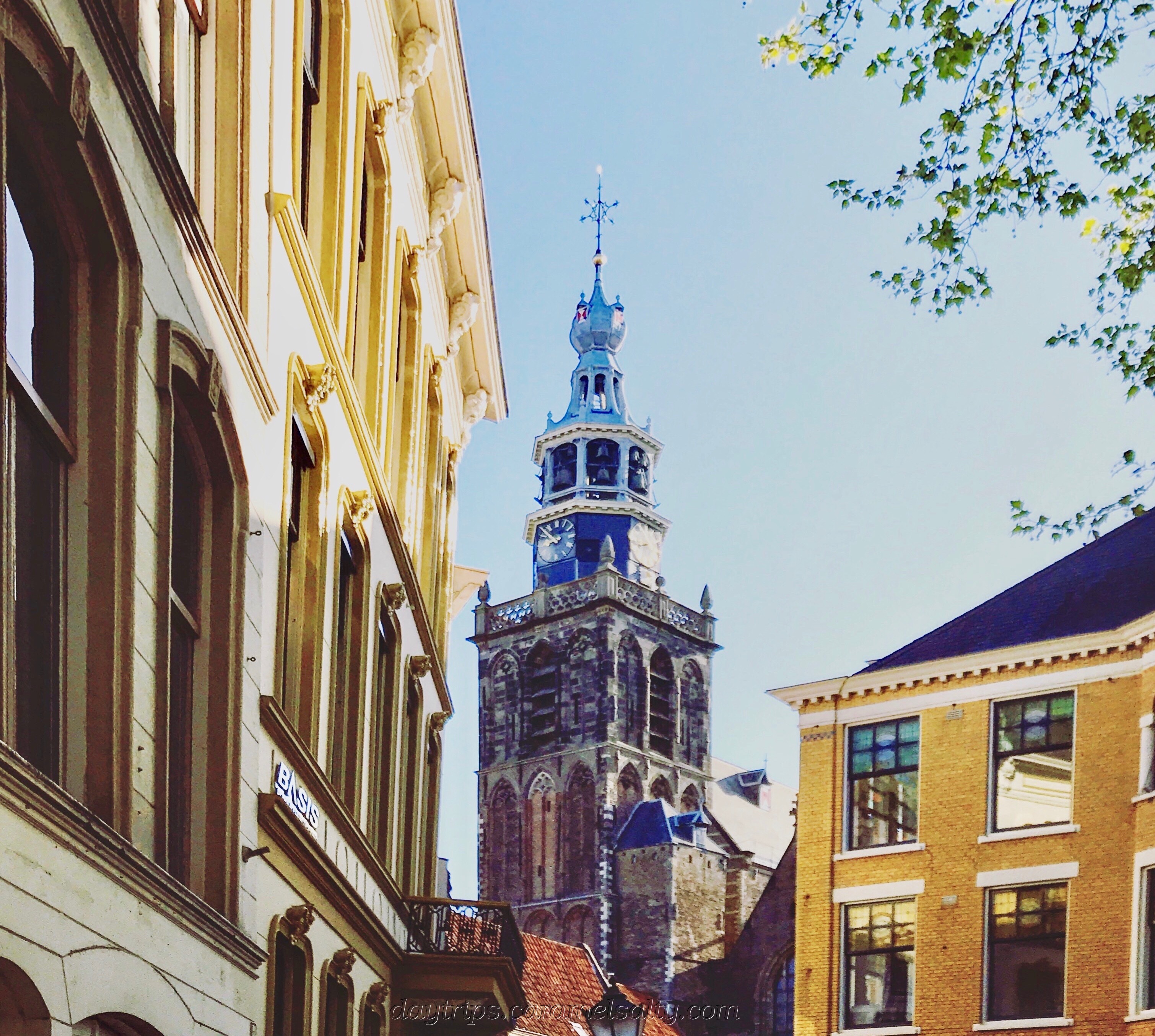
I wander around the streets around the church where I find reminders of one of Gouda’s famous sons, Erasmus. He was one of the greatest scholars around, and a humanist. He is named after St. Erasmus, patron saint of sailors, who gives his name to St. Elmo’s fire, a natural phenomena observed at sea. And as he was disembowelled when he was martyred, he is also the saint for intestinal malady. Ouch!! Not a nice way to die.

I am now in Gouda’s pretty square where I find a cafe with views of Gouda’s Town Hall. This is one of the most striking Town Hall in the Netherlands. The Gothic style structure with its red shutters, flags and sculptures of leading protagonists adorning its exterior walls, dominates the square. It sits on a large cobbled island, unlike other town halls which are set to the side of the square.
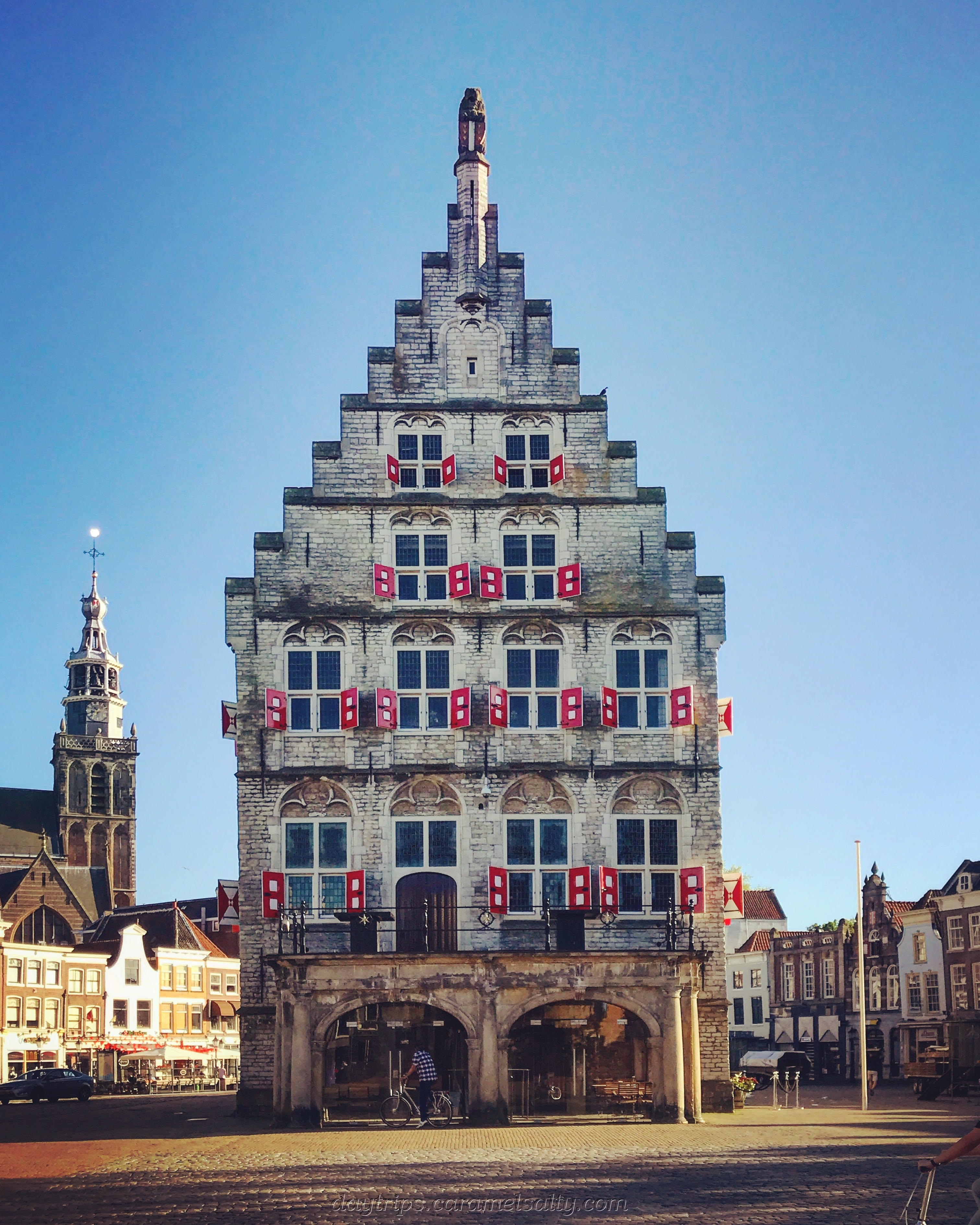
And so I wait for the expected busload of tourists to arrive for the fanfare and spectacle of the world-famous cheese market. The rest of the day will be all about the cheese, the church and the town hall. And whilst waiting, I just enjoy my photos of those pretty canals from this morning.
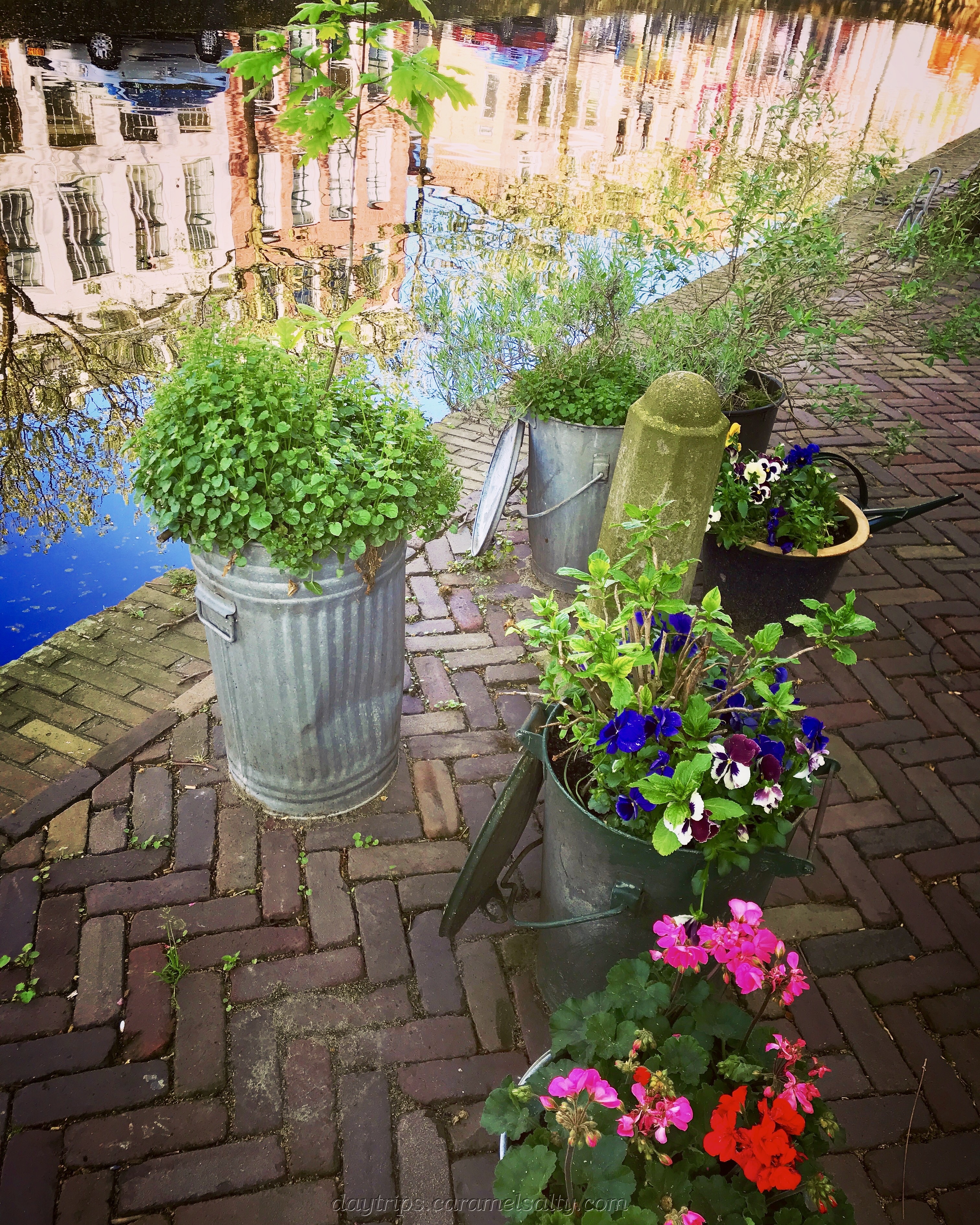
Useful Stuff to Know
- Netherlands Rail (website) – route planner, timetable and fares available online
- V Chipkaart (website) – the anonymous Chipkaart avoids queues and can be topped up by credit card at machines at all train stations. Economical if you’re doing over 20 journeys/multiple holidays
- Verzetsmuseum (website) – open daily. Free with the Dutch museum card
- Gouda Town Hall (tourist website) – closed Monday. Small fee applies.